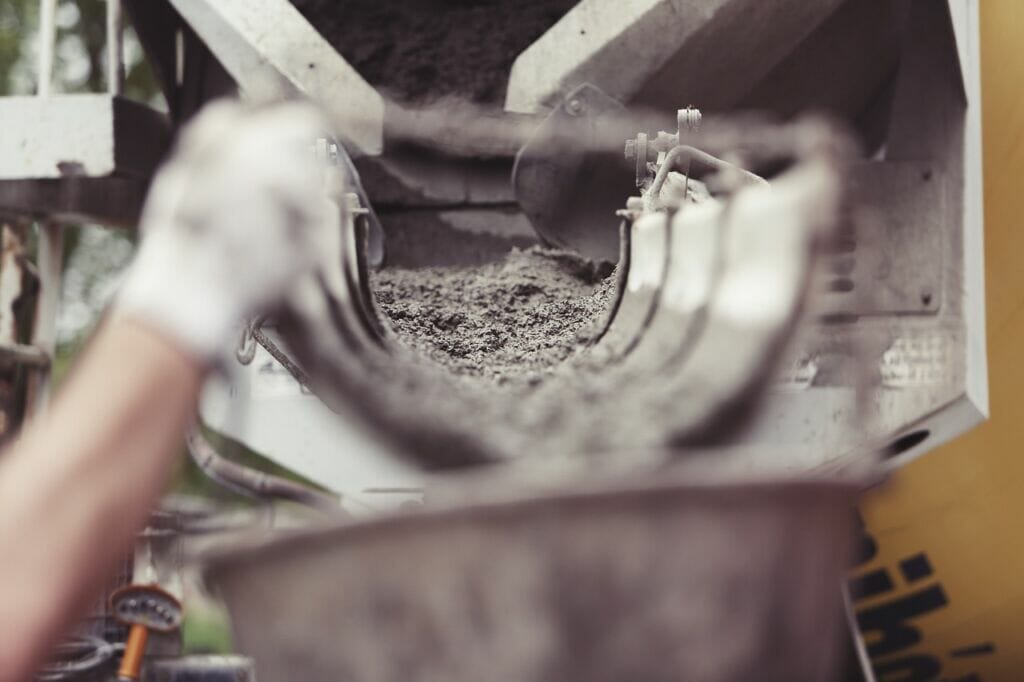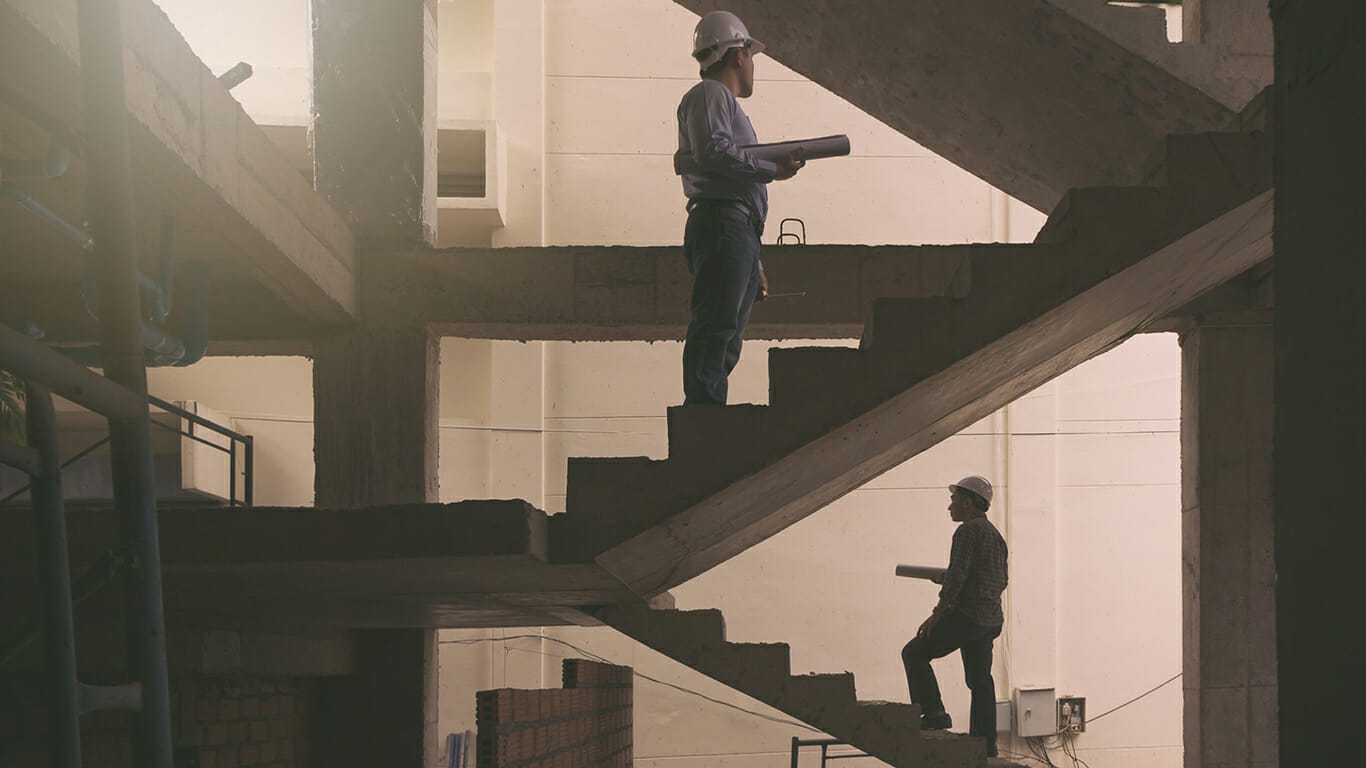The most common material used for the majority of Australia’s constructions is concrete, which is mainly due to its combination of strength and relatively low cost. It is found in many structures from bridges to high-rise buildings and homes. But over time there are some factors that might damage concrete, including natural disasters, accidents or just natural wear and tear. If you’re a builder or a homeowner it’s crucial to understand how to deal with these issues when they arise, from hydraulic cement to sprayed concrete, let’s look at some ways of correctly repairing concrete structures.
Determine the Source of Structural Damage
Before jumping to repair your damage it’s important to first identify the course instead of rushing for the solution. This will help ensure that the problem doesn’t reoccur and is a crucial step in maintaining the longevity of the building. There are various reasons why concrete structures may deteriorate so before jumping to the assumption we should work out whether it’s a one of occurrence, or if there might be a deeper problem at play.
You should first conduct a thorough inspection by examining any cracks or chunks missing from your concrete and tracing them back to their source. If the damage is structural in nature, it might be best to look at consult a professional architect to see what they can do to improve the overall stability, otherwise, more cosmetic issues can be done at home. After the causes of the degradation are found then we can continue maintenance measures for the building, ensuring it remains stable and safe.

Assess Severity and Decide on a Repair Plan
It can be a stressful and uncertain situation when structural issues are found on your property. But no matter what level the damage is you will need to come up with plans to repair and reinforce. Now that we’ve examined the damage decide on what kind of approach you much take and what budget you have to fix the issue. If budget is a problem maybe you can buy some time with simple repairs and then go onto more elaborate solutions when the budget allows. While it may seem quite tedious, taking the time for evaluation will ensure that the repair process goes smoothly and the damage is fully resolved.
Prepare the Damaged Area by Removing Loose Debris
This doesn’t only go for concrete but when you’re performing any kind of repairs it is crucial to remove loose material or debris from the damage. It will help avoid any issues further down the line and just make things run that little more smoothly. The preparation step is also vital for safety, no one wants to be standing on starting crumbling material. While it might not matter for smaller cracks or issues, taking this time to prepare beforehand is simply a good idea as you’ll be more organized. After all the debris is cleared you can begin the repairing process.
Repair your Concrete with Patching Compound or Hydraulic Cement
When it comes to repairing concrete, patching compound or hydraulic cement are two of the most common methods used. You’re welcome to try other methods but let’s first look briefly at the process used with these two compounds.
Patching Compound
A patching compound is a ready-to-use material composed of a combination of cement, silica sand, and other components such as polymers and fibers. It is designed for small repairs on both horizontal and vertical surfaces, as well as for the restoration of damaged areas. The patching compound is easy to mix and apply, and you can use it to fill large holes as well as small cracks.
Hydraulic Cement
Hydraulic cement is a type of cement that includes accelerated curing agents, such as calcium chloride or similar compounds. It is used for emergency repairs on concrete surfaces due to its rapid set time. But don’t expect this to be used for long-standing structural repairs as its stability is often limited, it’s generally used for shorter periods of time.
The Application Process
So as we’ve already prepared the concrete by removing debris we can begin the process of repairing concrete. You will need to start by applying a bonding agent to the damaged area before using either a patching compound or hydraulic cement. First, you should follow the directions on the concrete you’ve purchased for the mixing then start by applying the paste to the problem area and smooth it out. Let it set as per the manufactures instructions and cover it with a plastic sheet until it’s dry and ready.
Apply Sealant to Protect Against Future Damage
Before completing your repairs you should ensure the same problem doesn’t happen again and one of the best ways to prevent further damage is by applying a sealant to the affected areas. This will help create a protective layer to prevent water from seeping in and causing even more damage. Not only will a sealant protect your property in the long run, but it can also help improve its overall appearance.
Summary
In general, the process of repairing simple structural damage isn’t too difficult, it’s just important to ensure what kind of repairs are necessary and be aware of any future issues that might arise. Just don’t forget to prepare adequately and use the right kinds of cement for the job. If you follow these steps you shouldn’t have any problem repairing structural damage big or small.




